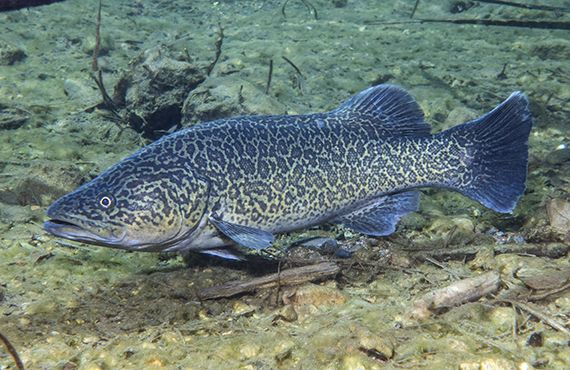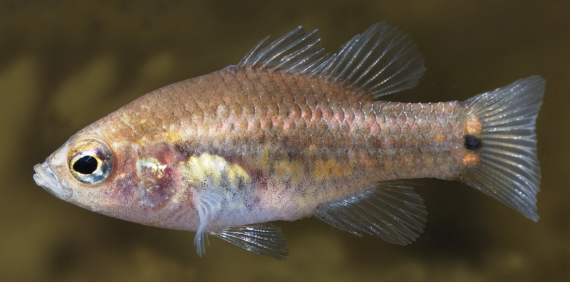
About threatened species
A threatened species is a plant or animal that has been assessed by the independent Fisheries Scientific Committee and found that they are at risk of extinction. The assessment considers a number of criteria, including:
- if there is a reduction in its population size, geographical distribution or genetic diversity;
- the rate of and trends in the reduction;
- life history and ecology of the species including its ability to recover from low numbers;
- the resilience of the population to threatening processes; and
- if there are few mature individuals.
A species may be listed under the NSW Fisheries Management Act 1994 as:
Populations of species and ecological communities can also be listed as threatened.
Processes that threaten species may be listed as key threatening processes.
Habitat essential to the survival of endangered or critically endangered species, populations of a species or ecological communities can also be declared as critical habitat.
In NSW, the responsibility for aquatic biodiversity management is divided between NSW Department of Primary Industries and Regional Development and the Department of Climate Change, Energy, the Environment and Water.
The NSW Department of Primary Industries and Regional Development is responsible for all species of fish and marine vegetation. Fish include sharks and rays, aquatic invertebrate animals, such as worms, snails, mussels, corals, sponges, sea urchins, barnacles, crabs, crayfish, aquatic insects and prawns. Marine vegetation includes all seaweeds, seagrasses and marine algae.
Other types of animals, including whales, dolphins, seals and waterbirds, and plants, including freshwater plants, are the responsibility of the Office of Environment and Heritage. The responsibility for threatened species and their management is shared between NSW Department of Primary Industries and Regional Development and the Department of Climate Change, Energy, the Environment and Water.
DPIRD administers the key pieces of legislation that identify and protect threatened fish and marine vegetation in NSW: the Fisheries Management Act 1994 and the Fisheries Management (General) Regulation 2010.
The Department of Climate Change, Energy, the Environment and Water administers the NSW Biodiversity Conservation Act 2016.
Matters of national significance are administered by the national Environment Protection and Biodiversity Conservation Act 1999.
Common Assessment Method
All states and territories in Australia, with the federal government, have agreed to establish a common assessment method (CAM) for the assessment and listing of threatened species. The CAM is a consistent approach to the assessment and listing of nationally threatened species across the Australian jurisdictions. It is based on the best practice standard developed by the International Union for Conservation of Nature (IUCN), as used to create the Red List of Threatened Species, with some amendments to suit the Australian context.
Using the CAM, currently listed species (‘legacy species’) will be progressively transitioned to an appropriate and agreed national threat category. In addition, all new assessments in participating jurisdictions will be undertaken using the CAM. This will lead to the alignment of threatened species listings across the nation.
The DPIRD is currently in the process of making the necessary legislative amendments to incorporate the CAM process.
See the Department of the Environment and Energy’s website for more information on the CAM.
More information
- List of threatened species, populations, ecological communities and key threatening processes
- What happens after something is listed?
- Guide to nominating threatened fish and marine vegetation
- Protecting aquatic habitats
- Aquatic habitat management
- List of protected fish species
- Office of Environment and Heritage threatened species
- Australian Government and the Common Assessment Method

















